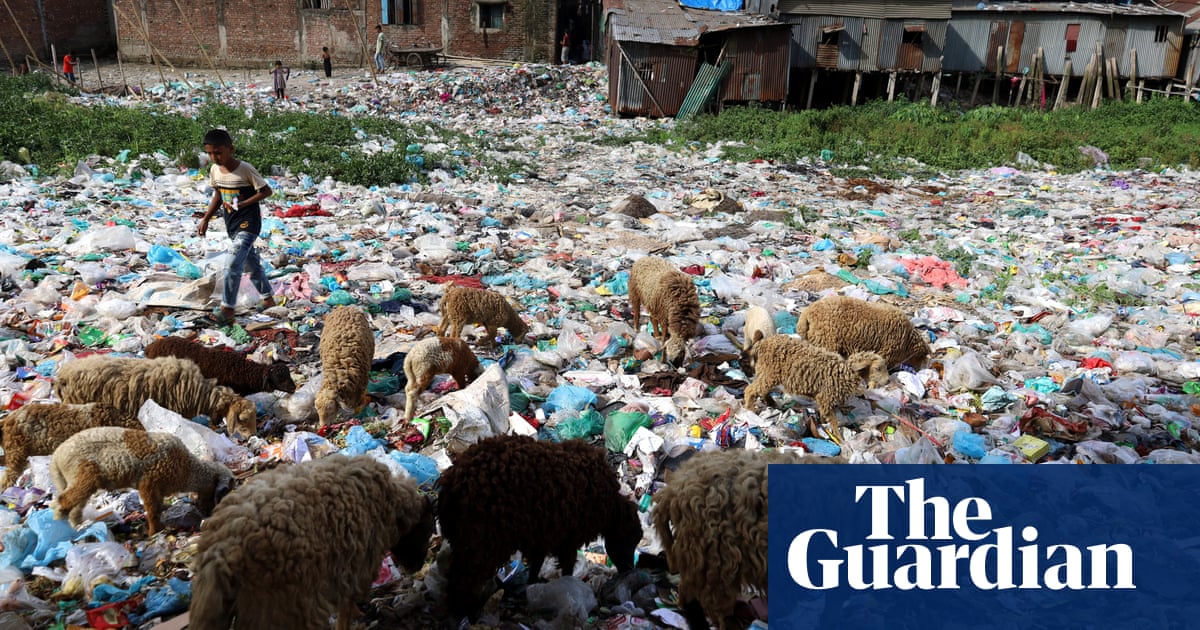
Creating an international price for carbon emissions could reduce global greenhouse gases by 12% at a cost of less than 1% of global GDP, according to a new report from the World Economic Forum (WEF) and PwC.
The report found that if global governments agreed together to set a price for pollution to help cut carbon emissions the cost would be less than the economic losses triggered by the fallout of a runaway climate crisis.
The “carbon revenues” raked in to government coffers from the world’s most-polluting companies could also be used to help hard-pressed households or ploughed back into green industries which help reduce emissions while creating jobs and economic growth, the report found.
Bob Moritz, the global chair of auditing giant PwC, said setting a global carbon price could make a “significant contribution to tackling global warming by accelerating emissions reductions”.
The report analysed a scheme proposed by the International Monetary Fund (IMF) earlier this year to help accelerate the world’s carbon emissions cuts by 2030 in a bid to stay within 1.5C to 2C of global heating compared with pre-industrialised levels, as set out under the Paris agreement in 2015.
“We found this could be done without severe economic damage to livelihoods and business, although the effects would be somewhat uneven across the world. The costs to society and business of failing to act are far greater,” Mortiz added.
Under the IMF scheme companies with high greenhouse gas emissions, in high-income countries, would be subject to a carbon price of $75 for every tonne of carbon dioxide emitted. This would fall to $50 a tonne for polluters in middle-income countries, and $25 a tonne for low-income countries.
Currently, the price of carbon is set at anywhere from $0 to more than $130 per tonne of CO2 equivalent across different global regions. In some cases this has created an uneven playing field by making it cheaper for international companies to move high-carbon activities, such as manufacturing, to countries without carbon schemes to avoid paying a price for pollution.
But WEF and PwC found widespread participation in carbon price set across the global economy, even at reduced price floors for low and middle-income countries, would lead to very little “carbon leakage” from companies moving their manufacturing to countries where carbon prices are lower.
Børge Brende, the president of WEF, said although the findings of the report are “extremely positive”, a huge amount of cooperation between governments and private sector companies would be key for carbon pricing to move ahead and accelerate efforts for a more sustainable and inclusive recovery.
The political and technical challenges behind creating a global carbon price have stalled plans, leaving a patchwork of different international schemes to reduce carbon emissions which include mandatory emissions trading and carbon taxes, and voluntary carbon offset schemes.
In the UK, a carbon price floor was introduced in 2013 at a rate of only £16 per tonne, and rose to £18.08 (€20.40), which has managed to drive almost all of the UK’s coal plants out of the electricity market in recent years. Coal power made up about 2% of electricity last year compared with around half of all power generation a decade ago.












